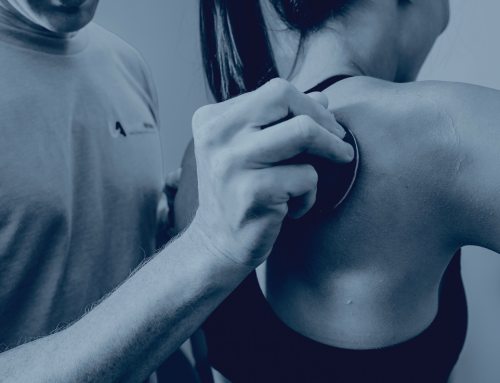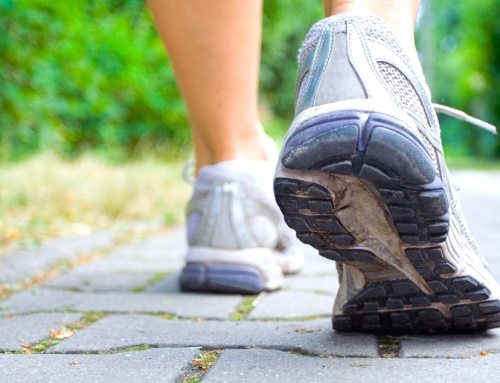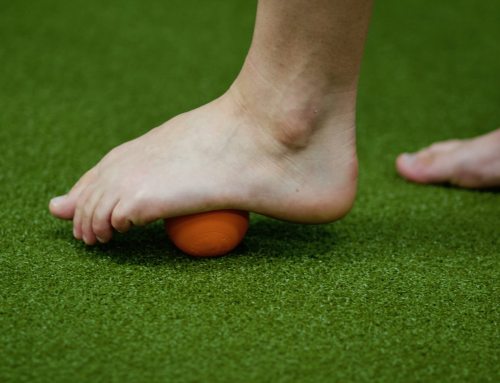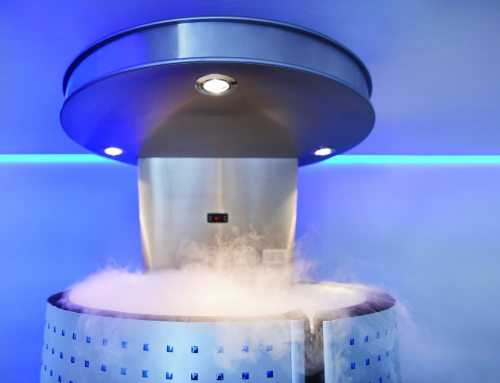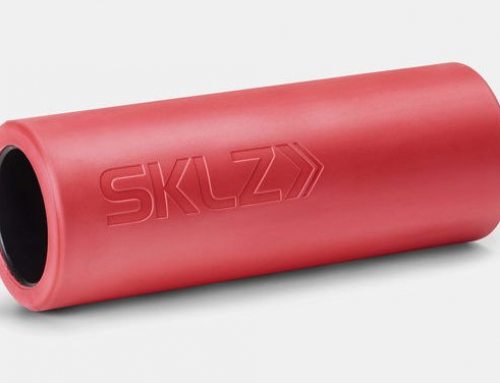By Holly Boss
Just as some things in life get easier with age, inevitably, there are other things that get harder… important things like training for a marathon, or regenerating bone density.
Approaching the semi-centennial is perhaps something that few people actually look forward to, especially when it comes to the thought of declining fitness and health. According to Running USA, the number of 50-plus marathon finishers more than doubled, from 1992 to 2008. In 2018, 8,765 runners over the age of 50 participated in the Boston Marathon. Of these runners, 2,688 were over 60. Advancing age has been associated with decreased muscle mass and strength, decreased bone mass, and increased risk of falls.
Lifelong or beginner endurance athletes in their middle years and beyond may need a different game plan for continued health, safety, and success in their chosen endurance activity. Luckily, the 50+ generation is both older AND wiser than we were when we were 20, so let’s train smarter!
Here’s the low-down on some easy training recommendations to help you navigate those age-related changes:
Muscle mass
Age-related decreases in testosterone and other anabolic hormones result in breakdown of muscle and bone tissue. Muscle strength declines at about an average of 3% per year starting in our middle years. Decreased strength results in decreased speed and increased risk of falls.
Solution: Strength training at least once a week will help retain and build muscle mass. While three times a week has been a traditional approach, several research studies have demonstrated strength improvements even with once weekly strength training sessions. Squats, pushups, planks, lunges, and calf raises are good choices. For cyclists, sprints can also increase strength and speed.
Bone density
Bones constantly cycle through a process of turning over cells, laying down new bone, and removing old bone. By post-menopause, women begin to remove old bone more quickly than we make new bone, leading to decreased bone mass over time. Less pronounced reductions also occur in men approaching mid-life.
Bones build mass in response to the stresses applied to them. The greater the stress, the greater the response. For the weight-bearing bones of the legs and hips, we need to apply stresses while upright and bearing weight.
While runners are constantly loading their bones, cyclists are not subjecting their bones to sufficient stresses to maintain their bone mass as they age. Studies show that two-thirds of professional and master adult road cyclists have lower than normal bone density. It is fair to conclude that older individuals who exclusively cycle are at a higher risk for developing osteoporosis. The high incidence of falls while cycling makes this fact even more relevant for the aging population.
Solution: Strength training at least once a week, especially in weight-bearing, will better prepare cyclists to handle adverse conditions and decrease the chance of fractures in the event of a crash. Plyometric jumps, such as jumping rope, are another weight-bearing exercise shown to increase bone mass.
Fall risk
It is no secret that our risk of falling increases as we age. Slower reaction times, decreased strength, and decreased vision all contribute to the risk.
Solution: If you need distance-vision correction, make sure that you use appropriate eyewear during training.
Perform simple balance exercises, such as single leg balance daily and consider yoga after running or cycling to improve both balance and flexibility.
Metabolic changes
Lean muscle mass keeps us moving faster, and fat slows us down, but decreasing estrogen levels post-menopause makes the body less adept at breaking down carbohydrates. Just as we start losing muscle, we start to store more fat.
Solution: You guessed it – strength training! Also, make sure you are consuming adequate protein. To preserve muscle mass, most older adults should consume about 1.8 grams of protein per kilogram of body mass per day. Since plant-based protein rarely contains all the essential amino acids, vegetarians will need to put forth a little bit of effort to make sure you still get all of the essential amino acids your muscles need. Quinoa, chia and soy, for instance, contain all nine essential amino acids. Consult a physician or licensed dietician before making major changes in your diet.
Longer recovery times
If you’ve been a runner since your 20’s or 30’s, you’re going to notice differences in your 40’s, 50’s and beyond. As experienced and new runners age, we don’t recover as quickly as we used to. If you raced on a Saturday in your younger years, for example, you might have been able to do some speed work a few days later and have no problems.
Solution: Take your time and get back to some slower, easier recovery running, to feel good again. Also, consider changing from a schedule of hard/easy/hard to hard/easy/easy in your training runs. If building up mileage for a race, you may need a longer training program.
Wisdom cancels out some of the advantages of youth.
Is youth wasted on the young? Seasoned athletes know themselves better, have more confidence, and are often better at listening to the signals their bodies are sending them. They are also more likely to seek out and follow expert advice. In other words, age gives some people the wisdom to be better at being athletes
Holly is a Physical Therapist for ATI in Carrboro. A Certified McKenzie MDT clinician, her passion is empowering people to take back their lives by teaching them the skills needed for achieving and maintaining their functional and performance goals.


